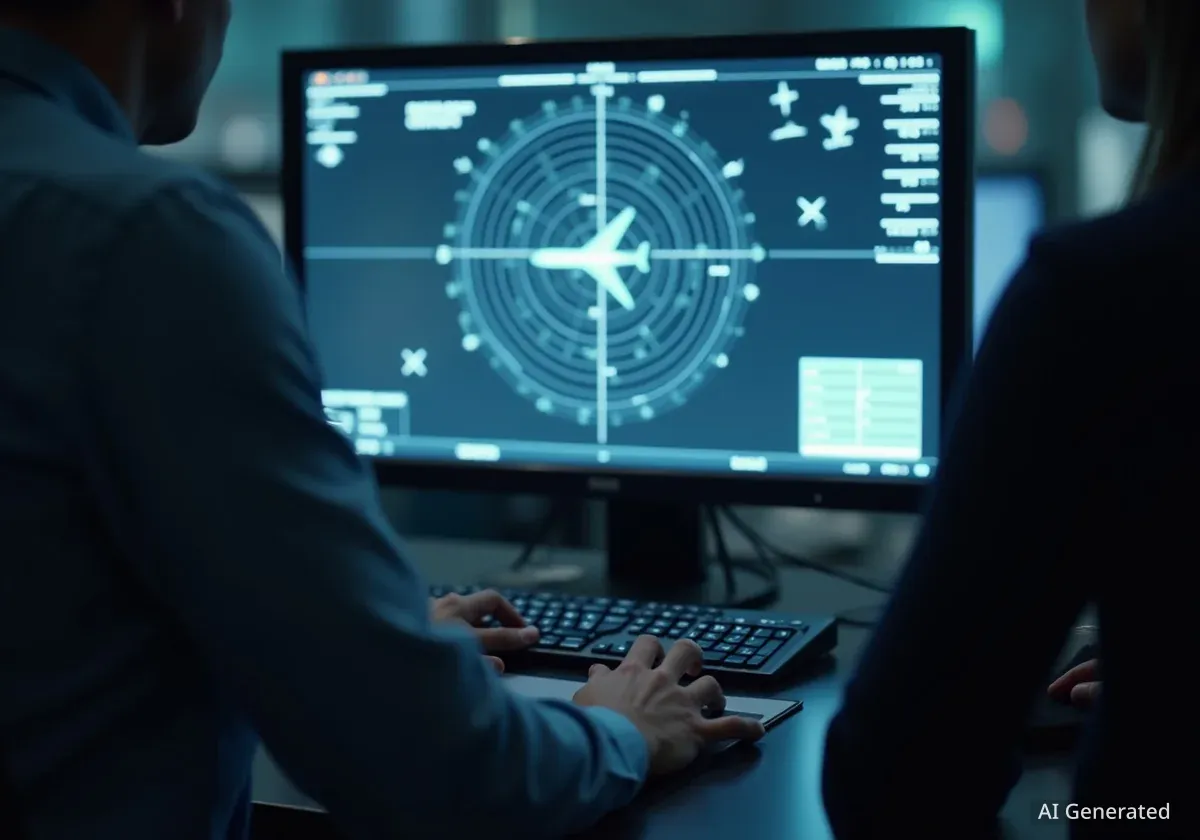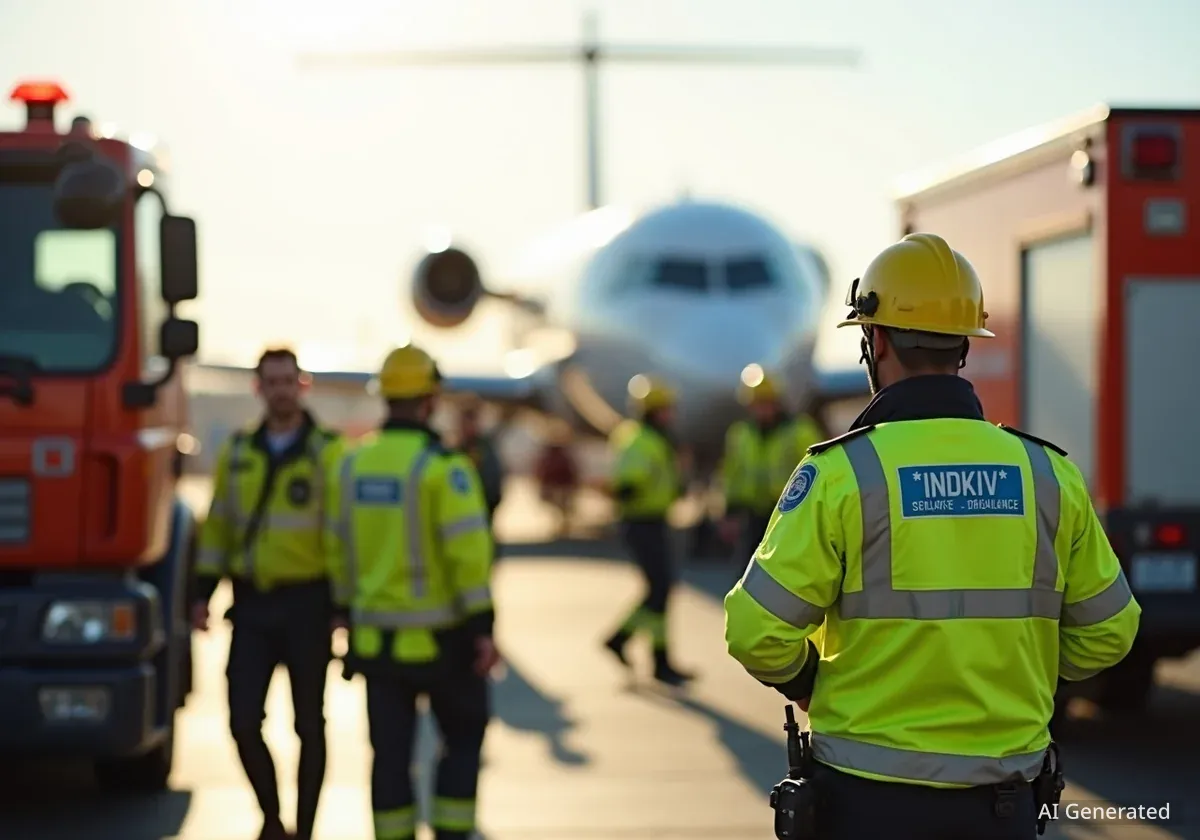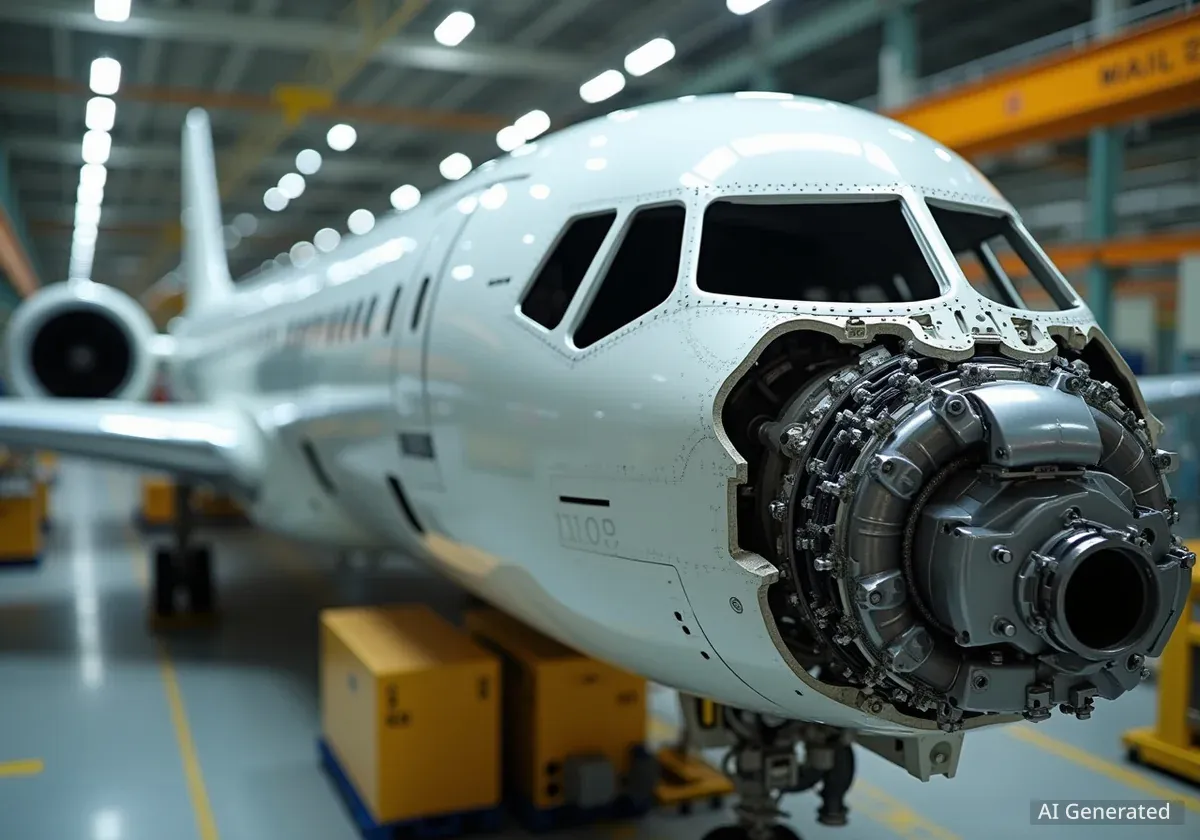A comprehensive review of the United States air traffic control system is now underway. This comes after a series of safety concerns, including a recent incident where a pilot reported being cleared to land on an occupied runway. The Federal Aviation Administration (FAA) is taking immediate steps to address these issues and enhance aviation safety across the country.
Key Takeaways
- FAA initiates comprehensive review of air traffic control.
- Recent runway incursion incident prompted the safety assessment.
- Review includes technology, staffing, and operational procedures.
- Focus is on preventing future close calls and improving safety.
- Air travel safety remains a top priority for regulators.
Immediate Actions for Air Traffic Safety
The Federal Aviation Administration announced on Monday, February 13, 2023, that it is launching a major safety review. This action follows a near collision at Austin-Bergstrom International Airport in Texas. The incident involved a FedEx cargo plane and a Southwest Airlines passenger jet. The two aircraft came dangerously close to each other on a single runway.
According to the FAA, the FedEx pilot was cleared to land on the same runway where the Southwest flight was preparing for departure. Air traffic control instructed the Southwest plane to take off. However, the pilot of the FedEx aircraft noticed the Southwest jet on the runway. The FedEx pilot then initiated a go-around maneuver, aborting the landing just moments before a potential collision. This quick thinking prevented a serious accident.
Fact: Runway Incursions
A runway incursion is defined as any unauthorized presence of an aircraft, vehicle, or person on a runway. These events are among the most serious safety concerns in aviation, as they carry the highest risk of collision.
Details of the Austin Incident
The incident in Austin occurred on Saturday morning, February 4, 2023. Visibility was low due to dense fog. The FedEx Boeing 767 cargo jet was on its final approach to runway 18L at Austin-Bergstrom International Airport. At the same time, Southwest Airlines Flight 708, a Boeing 737, was cleared for takeoff from the same runway.
Air traffic controllers at Austin had given both planes conflicting instructions. The FedEx pilot, Captain Robert Fox, reported seeing the Southwest jet on the runway. He immediately informed air traffic control of the situation. Captain Fox then made the decision to execute a go-around, climbing away from the runway to avoid a potential impact. This maneuver is a standard safety procedure when a landing cannot be completed safely.
"The safety of the traveling public is our top priority," said Billy Nolen, the acting FAA administrator. "These incidents are not acceptable, and we are committed to finding out why they happened and preventing them from happening again."
Previous Close Calls and Concerns
This Austin incident is not isolated. It is part of a series of recent close calls at U.S. airports. For example, in January 2023, two planes nearly collided at John F. Kennedy International Airport in New York. An American Airlines jet crossed an active runway just as a Delta Air Lines plane was taking off. Air traffic controllers noticed the error and instructed the Delta pilot to abort takeoff. These events have raised significant concerns among aviation safety experts and the public.
Aviation Safety Background
The United States has one of the safest aviation systems globally. However, even rare incidents like runway incursions highlight areas for improvement. The FAA continuously works to update procedures, technology, and training to maintain high safety standards. Public trust in air travel relies on these rigorous safety measures.
Scope of the FAA Safety Review
The FAA's comprehensive safety review will examine multiple aspects of the air traffic control system. This includes an assessment of air traffic control operations, staffing levels, and technology. The agency will also look at current procedures and training programs for air traffic controllers. The goal is to identify any systemic issues that could contribute to safety lapses.
The review will involve input from various stakeholders. These include airline representatives, pilot unions, and air traffic controller organizations. Experts from across the aviation industry will contribute their knowledge and experience to the assessment. This collaborative approach aims to ensure a thorough and effective evaluation.
- Technology Assessment: Evaluating current radar systems, ground surveillance technology, and communication tools.
- Staffing Analysis: Reviewing the number of active air traffic controllers, their workload, and hiring needs.
- Operational Procedures: Examining standard operating procedures for various airport conditions, including low visibility.
- Training Programs: Assessing the effectiveness of initial and recurrent training for controllers.
- Human Factors: Investigating how stress, fatigue, and other human elements impact performance.
Addressing Staffing and Fatigue
One area of focus for the review is air traffic controller staffing. The National Air Traffic Controllers Association (NATCA) has consistently raised concerns about staffing shortages. According to NATCA, the U.S. currently has about 1,000 fewer fully certified controllers than it did a decade ago. This shortage can lead to increased workload and potential fatigue among controllers.
Fatigue is a known risk factor in high-stress environments like air traffic control. Long shifts and insufficient rest periods can impair judgment and reaction times. The FAA review will specifically address these concerns. It will look at ways to ensure controllers have adequate rest and are not overstretched, which is crucial for maintaining safety.
The agency plans to engage directly with controllers to gather their insights. Their first-hand experience is vital for understanding the daily challenges and identifying practical solutions. This direct feedback will help shape the recommendations coming out of the review.
Future Steps and Expected Outcomes
The FAA expects the safety review to result in clear recommendations for improvements. These could include enhancements to technology, changes in operational procedures, or adjustments to staffing and training. The agency has stated its commitment to implementing necessary changes quickly.
The review's findings will be made public. This transparency is important for maintaining public confidence in air travel safety. The FAA aims to reassure passengers that every effort is being made to prevent future incidents. Air travel remains one of the safest forms of transportation, and these measures are intended to keep it that way.
This initiative underscores the FAA's dedication to continuous safety improvement. It highlights the proactive steps being taken to address emerging risks and reinforce the robustness of the U.S. air traffic control system. The aviation industry is complex, and ongoing vigilance is essential to protect millions of travelers each year.





